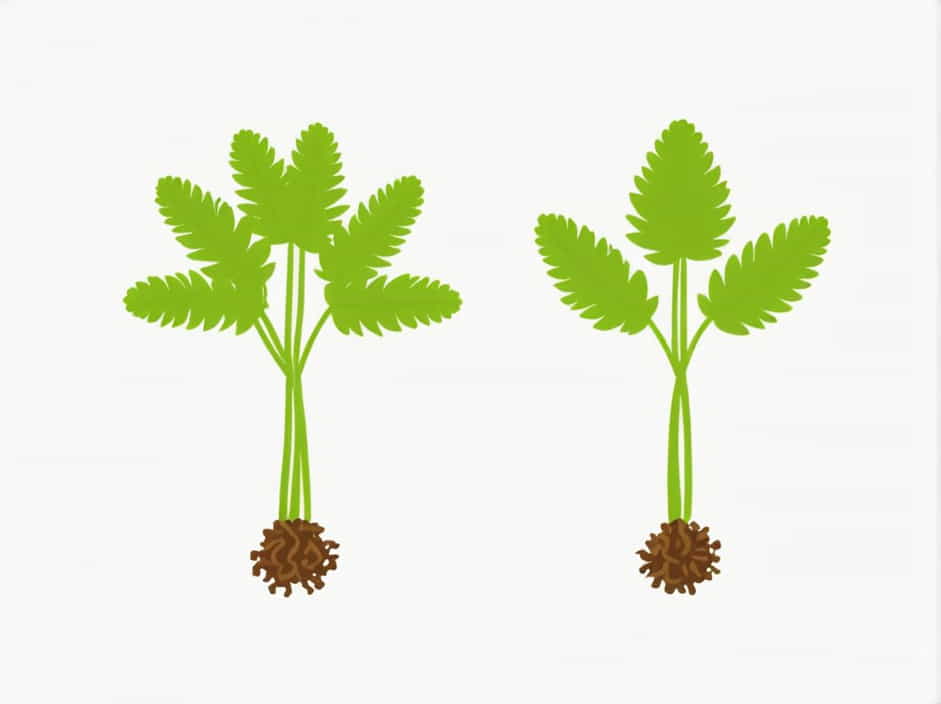Quelle Fleur Est Celle De Raiponce
The story of Rapunzel has captivated audiences for centuries, but one of the most intriguing elements of her tale is the mysterious flower linked to her magical powers. Whether in folklore, fairy tales, or Disney’s adaptation, the flower plays a crucial role in Rapunzel’s origins. But what is the real flower of Rapunzel? Does it … Read more









